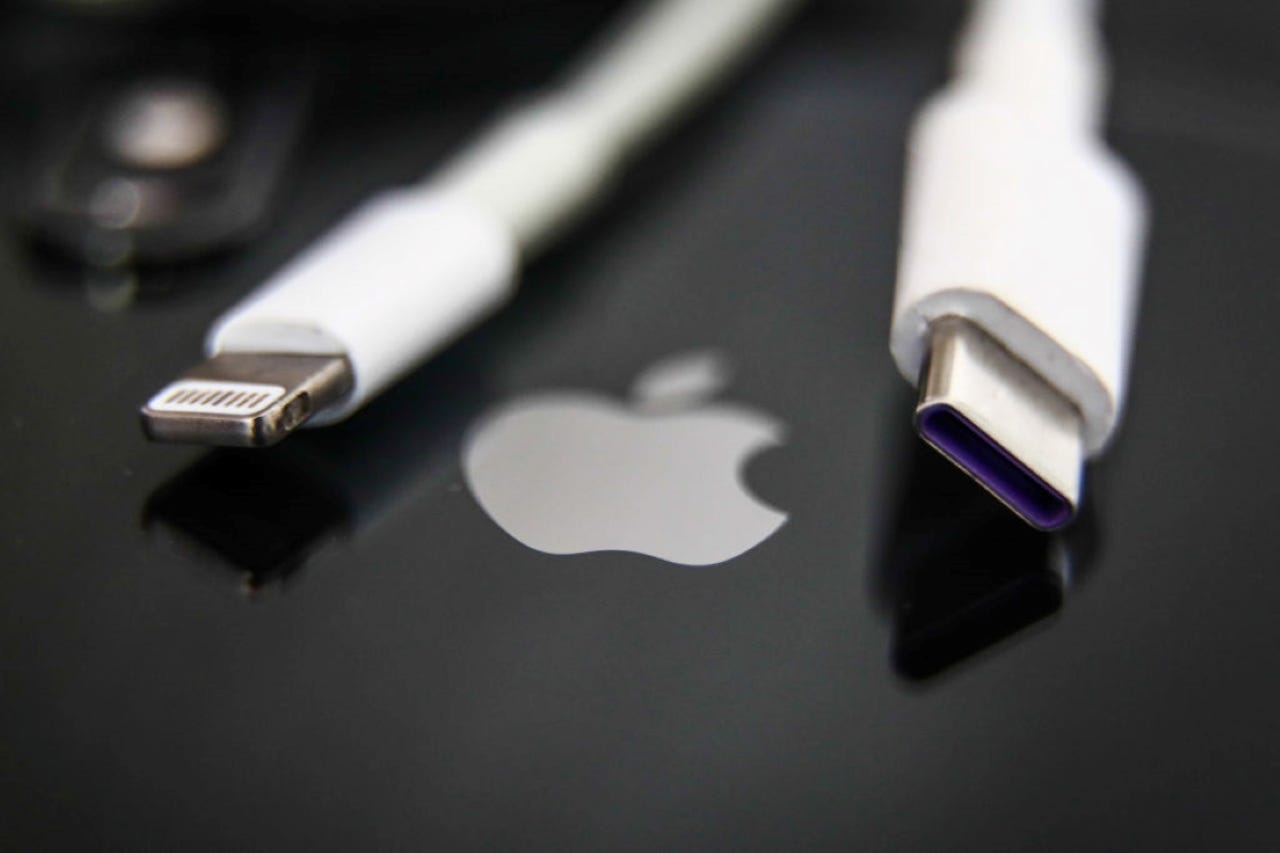'ZDNET Recommends': What exactly does it mean?
ZDNET's recommendations are based on many hours of testing, research, and comparison shopping. We gather data from the best available sources, including vendor and retailer listings as well as other relevant and independent reviews sites. And we pore over customer reviews to find out what matters to real people who already own and use the products and services we’re assessing.
When you click through from our site to a retailer and buy a product or service, we may earn affiliate commissions. This helps support our work, but does not affect what we cover or how, and it does not affect the price you pay. Neither ZDNET nor the author are compensated for these independent reviews. Indeed, we follow strict guidelines that ensure our editorial content is never influenced by advertisers.
ZDNET's editorial team writes on behalf of you, our reader. Our goal is to deliver the most accurate information and the most knowledgeable advice possible in order to help you make smarter buying decisions on tech gear and a wide array of products and services. Our editors thoroughly review and fact-check every article to ensure that our content meets the highest standards. If we have made an error or published misleading information, we will correct or clarify the article. If you see inaccuracies in our content, please report the mistake via this form.
Apple's worst product has now become one of its best


Over the years I've spent a lot of time talking about charging cables. A theme that cropped up with alarming regularity was the poor quality of Apple's charging cables.
Anyone who's been buying iPhones or Macs over the past decade will know the pain of charging cables that would wear out over a matter of months. iPhone cables were the worst, with the sheathing on the end of the cable wearing through to the wires beneath.
ZDNET Recommends
I remember a time when no Apple charging cable -- iPhone, iPad, or MacBook -- would last the lifespan of the product, and there was a never-ending search for something better from a third-party manufacturer.
I remember how my heart sank when Apple switched to Lightning, and later the switch to the faster-charge Lightning-to-USB-C cable, and knowing that it would be some time before third parties would come out with more cables that would last more than a year.
It was incredibly frustrating, especially with premium products like those sold by Apple, to be worried about something as simple as a cable.
Also: The Ultra is the Apple Watch I've always wanted, or so I thought
And it was a really bad look to have a cable repaired with grotty electrical tape, liquid electrical tape, or (and this was the best-looking, "nicest" repair) Sugru moldable glue.
Oh, and those early Apple iPhone Lightning cables (100% genuine cables, not clones or copies or counterfeit cables) would suffer from corrosion on the connectors and stop working.
But over the past few years, I've noticed that Apple charging cables have radically improved.
And I know this because I've been testing them.
For example, here are two Lightning cables, one that came with the iPhone 14 Pro Max earlier this month, and one that came with an iPhone 11 Pro Max back in September of 2019.
Can you spot the difference?
The 3-year-old cable is on the left, new cable on the right
The older cable is a bit duller than the newer cable, but after heavy use (several times a week), as well as travel and in-car use (where the cable spent a lot of its time in direct sunlight and high temperatures), it could still pass for new.
Given how long-term use of cable in a car puts a heavy toll on cables, I've since moved to wireless charging, and find this much more convenient than wired charging when I'm charging in a car.
Also: How to upgrade your iPhone in-car charging experience
The connectors, and more importantly, the cable close to the connectors (the bit that gets a lot of handling and normally wears out quickest), are like new.
And Apple's cables are getting better.
The braided cables that we're now seeing on the newer MacBooks and the Apple Watch Ultra magnetic fast charger are exceptionally good.
The nylon braid sheathing gives the cables a high level of abrasion resistance and tangle-proofing.
The Apple Watch Ultra's charger is built to be rugged, just like the watch itself
Yes, the braid does get a bit dirty in use, but I suppose if that bothers you, you could give it a wipe.
These Apple cables are now among the best cables that I have ever used.
Apple's braided cables are its best cables ever.
Problem is, one cable is rarely enough; you're going to need a few more. And while Apple's cables are good, they're expensive. You're looking at $19 for a 1-meter Lightning-to-USB-C and $29 for a 2-meter cable.
If you're willing to pay for the Apple experience, then go for it. But the Amazon Basics Lightning-to-USB-C or Anker Powerline+ II are excellent alternatives that will give years of service.